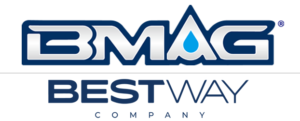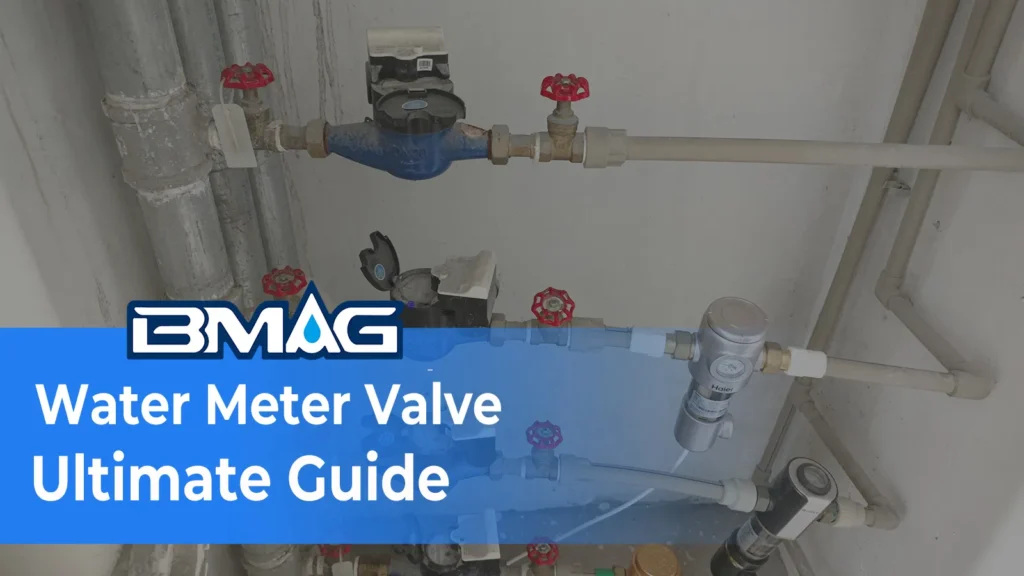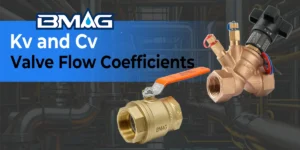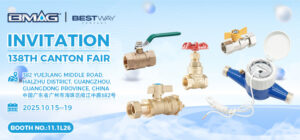តារាងមាតិកា
តន្លេThe Function and Critical Importance of a Main Water Meter សន្ទហបិតបើក
A water meter valve is a critical component of any plumbing system, serving as the primary point of control for the entire water supply to a property. Its proper function is essential for safety, maintenance, and system management.
- For Property Owners: This valve is the first line of defense against catastrophic water damage. In the event of a burst pipe or major leak, the ability to quickly shut off the main water supply can save thousands of dollars in repairs. It also enables safe, water-free conditions for routine plumbing tasks like replacing faucets or installing new appliances.
- For Professionals: For plumbers, contractors, and property managers, the main shut off valve is the isolation point for all system work. It is essential for performing repairs, conducting pressure tests, and ensuring the entire plumbing infrastructure complies with local codes and regulations.
How to Locate Your Water Meter Valve: A Step-by-Step Visual Guide
Knowing the precise location of the main water valve is non-negotiable. Locations vary based on property type and climate.
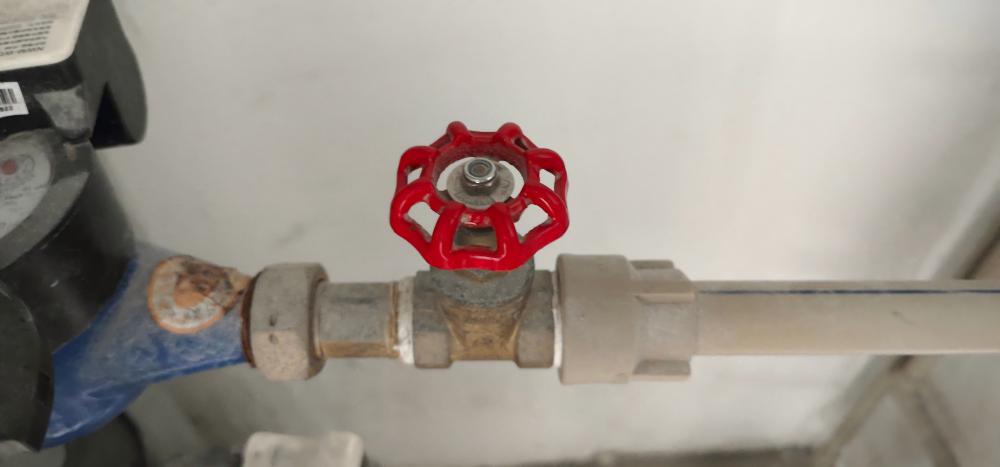
Standard Locations in Residential Properties (Houses & Apartments)
- Exterior Locations: In warmer climates, the valve is often located outside. Look for a curb stop box—a metal or plastic lid embedded in the ground near the street or sidewalk. It may also be attached to an exterior wall where the water service line enters the house.
- Interior Locations: In colder climates, to prevent freezing, the valve is almost always inside. Check the following areas:
- Basements or Crawl Spaces: Look along the inside perimeter of the foundation wall, usually on the side facing the street.
- Utility Closets or Mechanical Rooms: The valve will be near the water heater or other utility equipment.
Locations in Commercial and Multi-Family Buildings
In larger buildings, the system is more complex. Valves are typically found in:
- Dedicated Mechanical Rooms: Centralized rooms housing boilers, pumps, and main water lines will contain the primary shutoff valves.
- Utility Risers: In multi-story buildings, vertical pipe shafts (risers) often have individual shutoff valves for each floor or zone.
- Manifold Systems: Some modern buildings use manifold systems where individual shutoff valves for each unit are grouped together in a utility closet.
If you can find your water meter, you’ll most likely find your water meter valve right there. Read this article to quickly find your water meter valve: Where Is My Water Meter? 12 Most Likely Locations
Water Meter Valve Types and Technical Specifications
Understanding the different types of valves is key to proper operation and specification.
Water Meter វ៉ាល់បាល់: The Modern Standard
Ball valves are the preferred choice for modern shutoff applications due to their reliability and ease of use.
- Operating Principle: They use a rotating ball with a bore through the center. នៃក quarter-turn (90°) of the handle aligns the bore with the pipe for full flow or positions it perpendicularly to block flow.
- Visual Identification: Easily identified by their long, lever-style handle. When the handle is parallel to the pipe, សន្ទះបិទបើកបើក; when it is perpendicular, the valve is closed.
- Professional Considerations: Full-Port vs. Standard-Port
- Full-Port (Full Bore): The bore inside the ball is the same diameter as the connecting pipe. This design minimizes pressure drop and flow turbulence, making it ideal for applications where maximum flow rate is critical.
- Standard-Port: The bore is narrower than the pipe diameter. This is a more compact and economical option suitable for many applications where a minor flow restriction is acceptable.
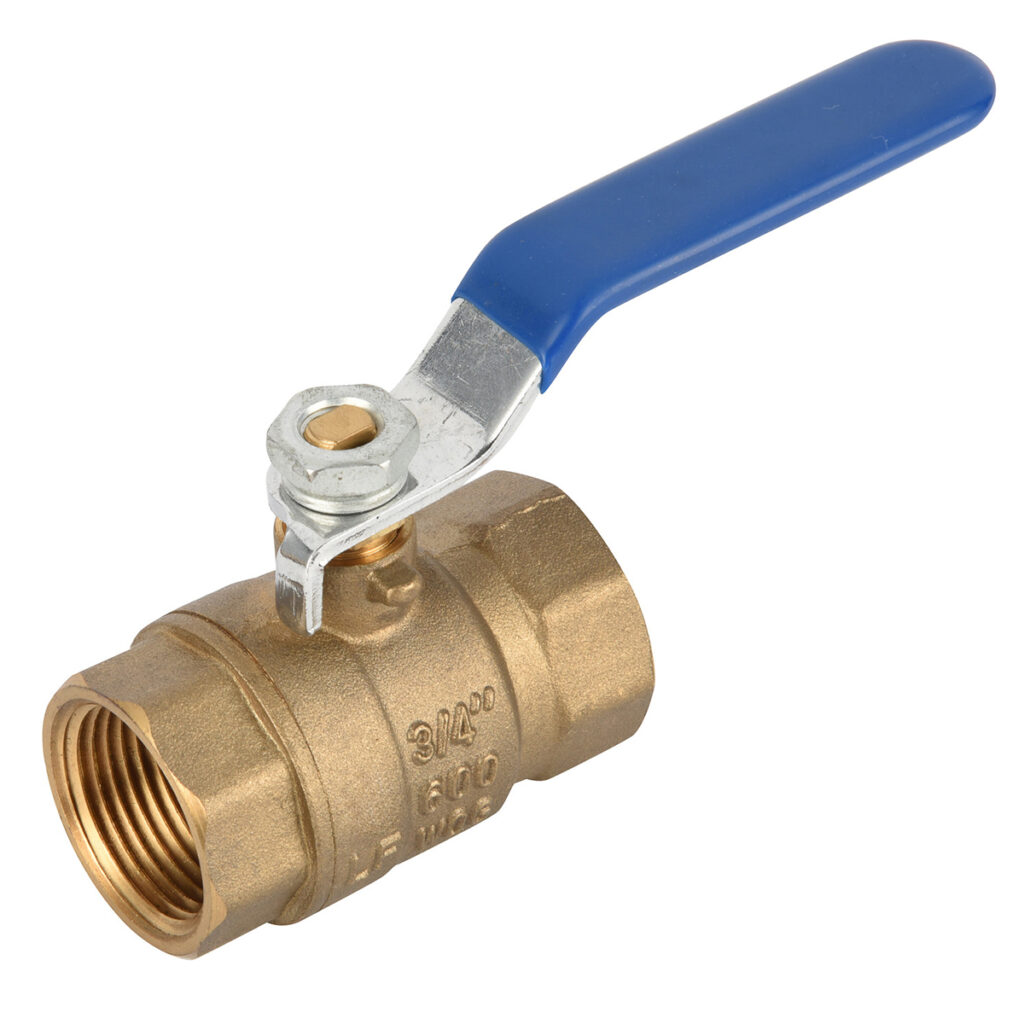
Water Meter ច្រកទ្វារ: Traditional and Specific Use Cases
Common in older properties, gate valves operate differently from ball valves.
- Operating Principle: These valves require multi-turn operation of a handwheel. Turning the wheel raises or lowers a solid metal “gate” to open or block the flow path.
- Visual Identification: Characterized by their round, wheel-like handle. Unlike a ball valve, the handle’s position does not visually indicate whether the valve is open or closed.

Specialized Water Meter Valves
- Curb Stop & Corporation Stop Valves: These are utility-grade valves integral to the water service line. The Corporation Stop connects the service line to the water main, while the Curb Stop is typically located at the property line and serves as the utility’s shutoff point. They often require a special “water meter valve key/tool” for operation.
- Water Meter Check Valves (Non-Return Valves): These are not manual shutoff valves. Their purpose is to allow water to flow in only one direction, preventing backflow and potential contamination of the public water supply.
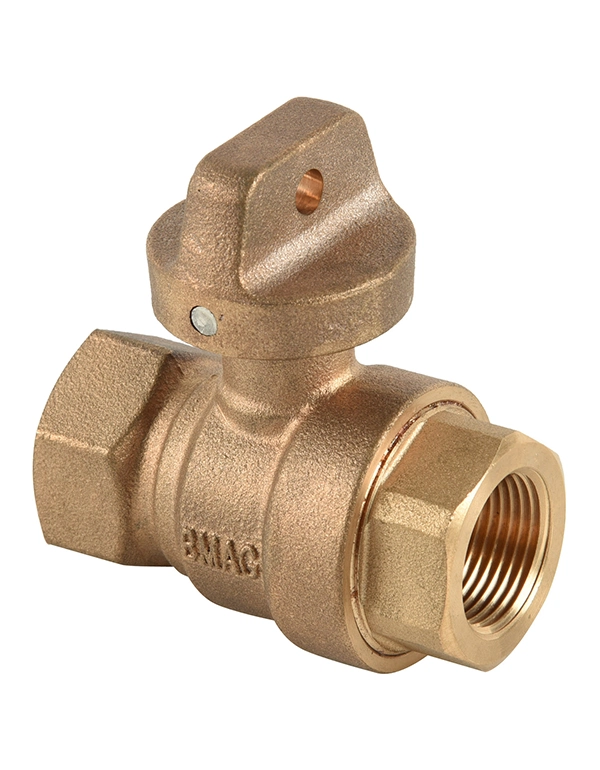
Water Meter Lockable valve
Lockable Ball Valves (Locking Wing Valves): These valves feature an integrated tab or “wing” with a hole, allowing a padlock to be used to secure the handle in the closed position. They are frequently specified by property managers and utilities to prevent unauthorized water use in vacant units or to enforce service disconnections.

How to Operate a Water Meter Shut Off Valve Safely and Effectively
- Clear the Area: Ensure you have unobstructed access to the valve.
- Notify Occupants: If the main water valve in the building needs to be shut off, please notify all occupants that a temporary water outage will occur.
- Operate the Water Meter Shut Off Valve Smoothly:
- For a Ball Valve: Apply firm, steady pressure to turn the lever handle 90 degrees until it is perpendicular to the pipe.
- For a Gate Valve: Turn the handwheel clockwise (“righty-tighty”) until it stops. Do not overtighten, as this can damage the gate mechanism.
- Verify the Shutoff: Open a faucet at the lowest level of the property (ឧ។, a basement sink). If the water flow trickles to a stop, the main valve is successfully closed.
How to Source High-Quality Water Meter Valves
Selecting the correct valve is crucial for project longevity, សុវត្ថិភាព, and code compliance.
Material Selection: Brass and Bronze
- ស្ពាន់ (Lead-Free): The industry standard for potable water systems due to its durability and cost-effectiveness. For superior performance, specify RDA (ធន់នឹង dezincification) ស្ពាន់ in areas with corrosive water conditions to prevent premature valve failure.
- សមរិត្ធ: Offers excellent corrosion resistance, often outperforming brass in harsh water environments. It is frequently specified for municipal, marine, and industrial applications.
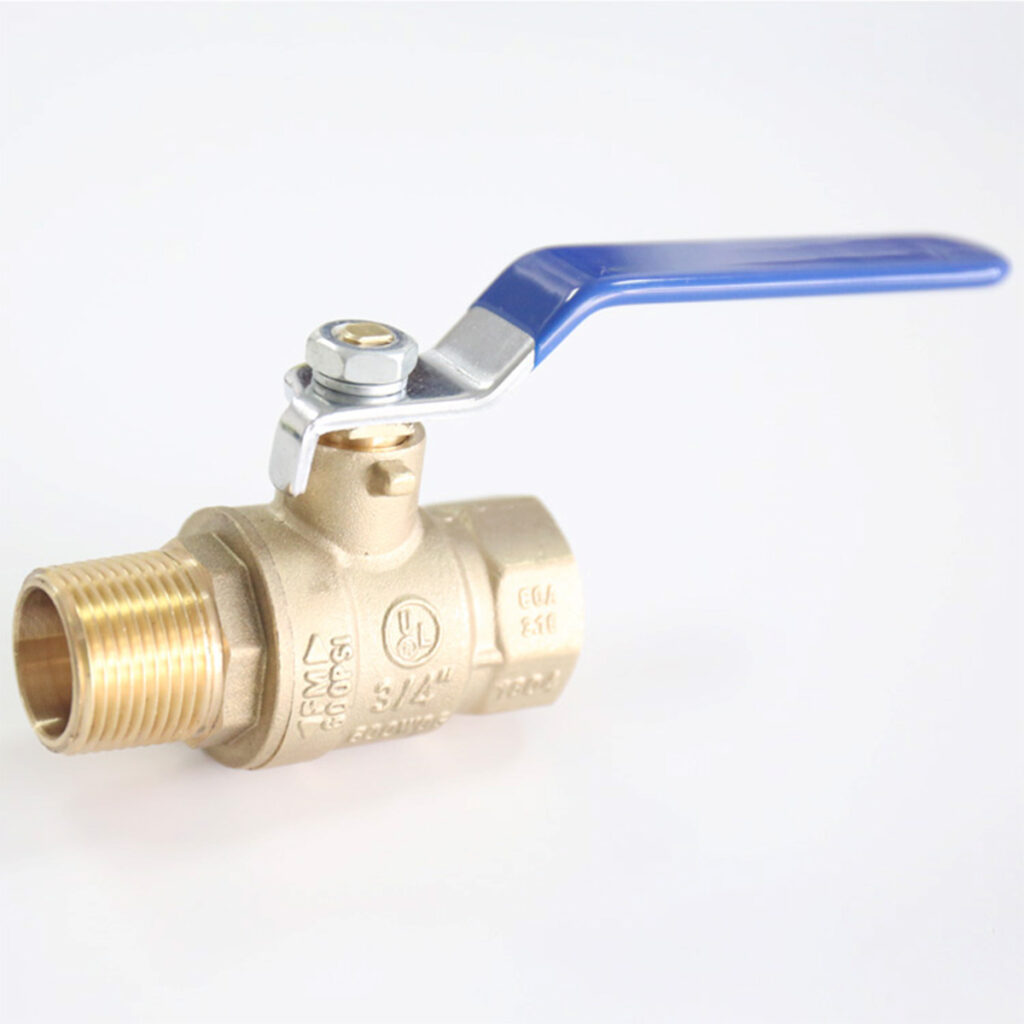
Understanding Key Certifications and Standards
Certifications are non-negotiable proof of quality and safety.
- NSF / Ansi 61 & 372: This is the primary North American standard for drinking water system components. អិនអេសអេហ្វ 61 certifies that the product will not leach harmful contaminants into the water, while NSF 372 verifies compliance with low-lead requirements. Specifying NSF-certified valves is essential for any potable water project.
- អាវ៉ាវ៉ា (American Water Works Association): AWWA standards, such as AWWA C800, define the requirements for underground service line valves and fittings, ensuring they meet the rigorous demands of public utilities.
- ការវាយតម្លៃសម្ពាធ (ថ្លឹងទម្ងន់): Look for the WOG (រេសាចតឹក, Oil, Gas) rating, which indicates the maximum working pressure for the valve at ambient temperatures. A typical rating for a residential brass ball valve might be 600 ថ្លឹងទម្ងន់.
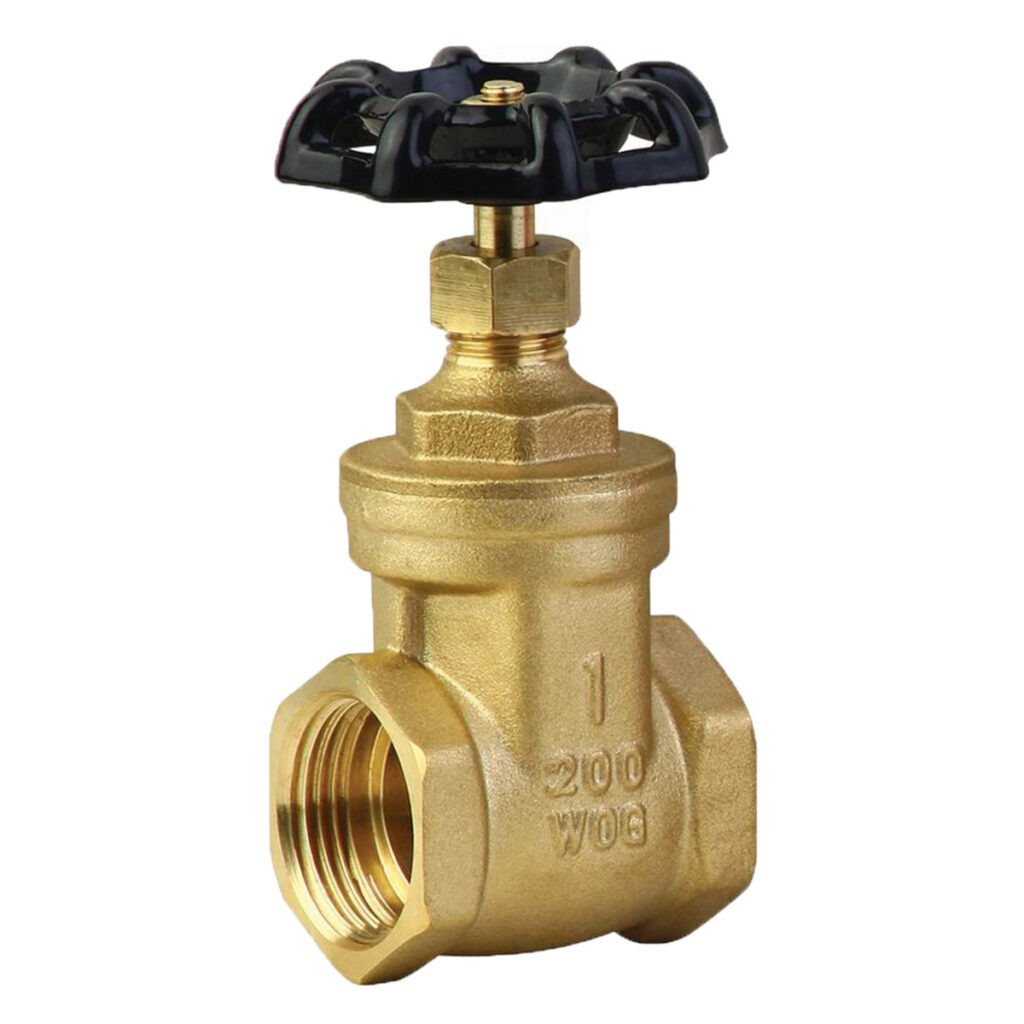
ប្រភេទតភ្ជាប់ប្រភេទ: Choosing the Right Fit for the Job
Ensure the valve’s end connections match the project’s piping system. Common types include:
- ខ្លប់មួយ (ntpt): Standard tapered pipe threads.
- Compression Fit: Uses a compression nut and ring for a solder-free connection.
- មានទ្វារ: For large-diameter pipes, common in commercial and industrial settings.
- Sweat/Solder: Requires soldering for a permanent connection to copper pipes.

Partner with a Reliable Supplier for Your Water Meter Valve Needs
Sourcing the right valve from a trusted partner is critical for ensuring project timelines, budget adherence, and long-term system reliability.
Why Choose BMAG?
- Extensive Inventory: BMAG maintain a comprehensive stock of certified water meter valves, including ball valves, gate valves, and specialized lockable water meter valves for residential, commercial, and municipal projects.
- ការធានាគុណភាព: All our products meet or exceed stringent industry standards, including NSF / Ansi 61, WRAS and AWWA specifications.
- Bulk Pricing & ការចេក: We provide competitive, volume-based pricing for contractors, distributors, and large-scale project procurement.
- Expert Support: Our technical team is available to assist you in selecting the ideal valve based on your specific application requirements and project submittals.
Ready to source high-quality, certified water meter valves for your next project? Contact our sales team today for a custom quote, to request a submittal package, or to discuss your specific requirements.
សំណួរគេសួរញឹកញាប់ (Frequently Asked Questions)
Q1: Who is legally responsible for the water meter valve—the homeowner or the utility?
នៃក: តាមធម្មតា, the utility is responsible for the curb stop valve at the property line and the water meter itself. The homeowner is responsible for the shut off valve located on the house side of the meter and all subsequent plumbing.
Q2: What is the expected lifespan of a brass ball valve?
នៃក: A high-quality brass ball valve can last for decades. Its lifespan is influenced by water quality, frequency of use, and proper installation.
Q3: Is it necessary for a residential shut off valve to be NSF certified?
នៃក: បាទ. Any component used in a system that delivers water for human consumption should be certified to NSF/ANSI 61 & 372 to ensure it is safe and does not leach lead or other harmful substances.
